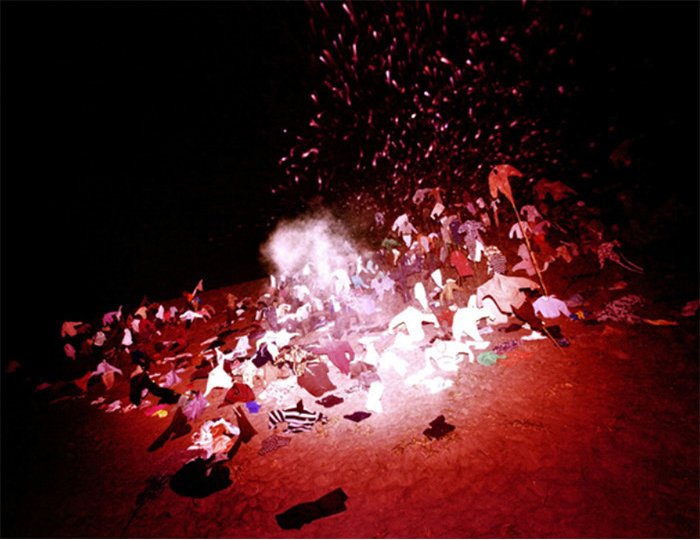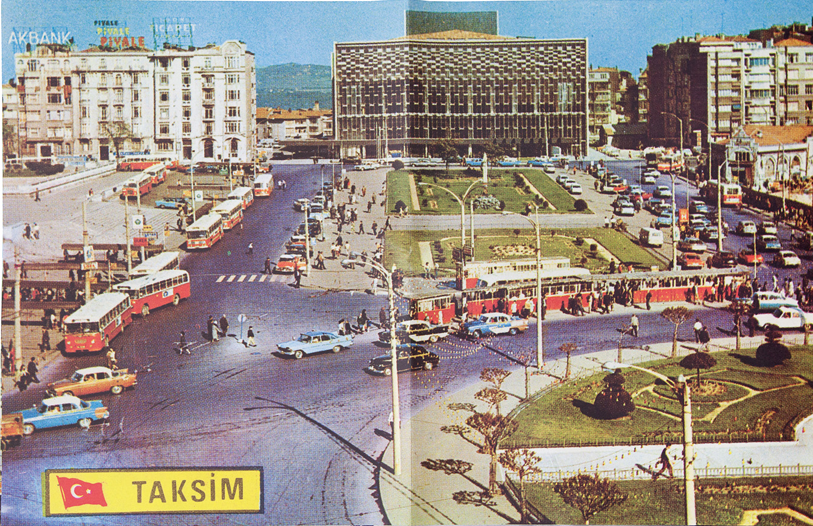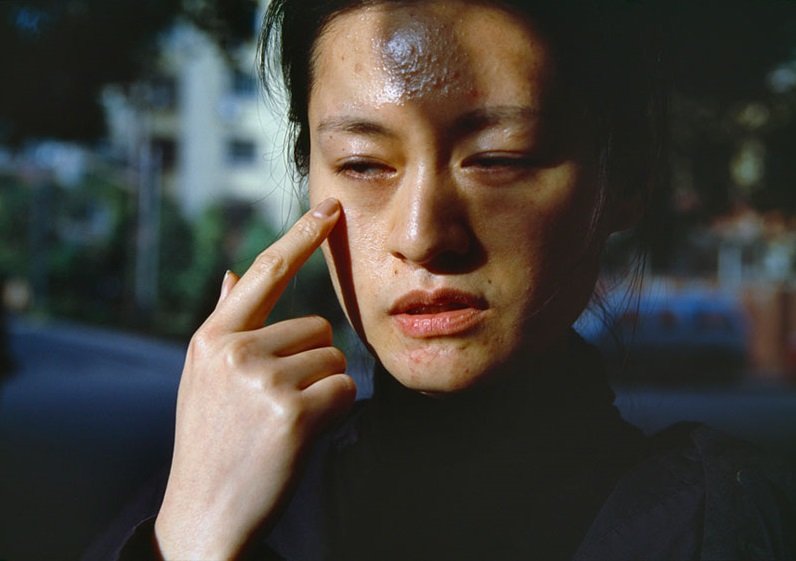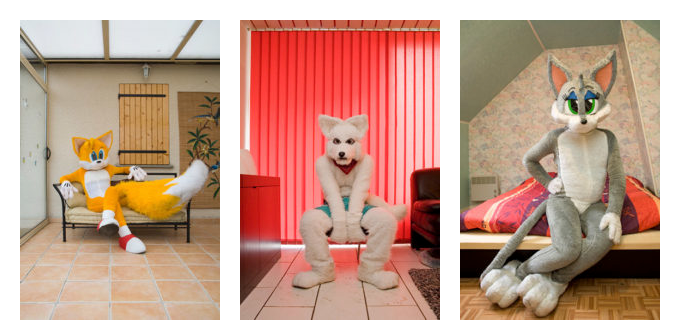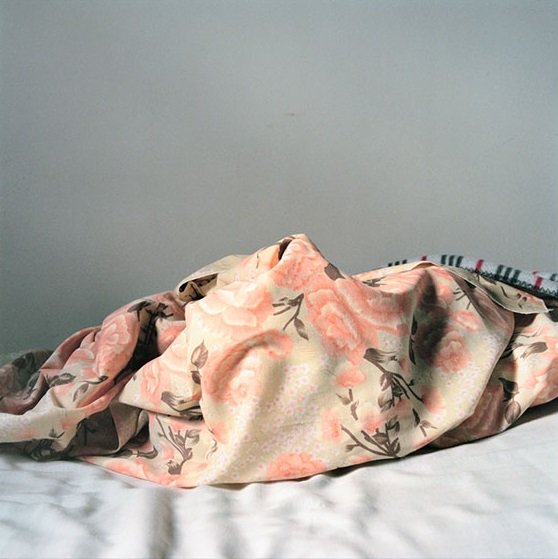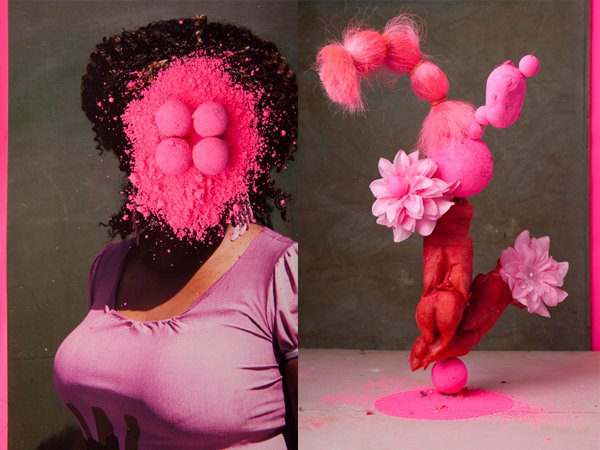Japan –
In 2008, Lieko Shiga announced herself on the Japanese photography scene. That year, she published two books (“CANARY,” through Akaaka, and “LILLY”) and received the prestigious Ihee Kimura Photography Award. This personal, dreamlike work was also recognized by an ICP Infinity Award. Surely, from that point on, Shiga could have gone on to work in the vein of “CANARY” to continued acclaim both in Japan and abroad. However, in 2009, she moved to Kitakama, a coastal town in Japan’s Tohoku region, where she began working as the town’s official photographer. This move marks a significant turning point for Shiga, and “Rasen Kaigan” collects this new body of work into a book.
 Lieko Shiga©Rasen Kaigan
Lieko Shiga©Rasen Kaigan
Photography feature – Shiga’s photographs from Kitakama are different from her previous work in that they were produced over more than four years, in concert with the local residents. This personal connection is noteworthy, and indeed it might not be far-fetched to say that Shiga is operating more as an “organizer” than as a “photogrpher.” Yet it’s clear that “Rasen Kaigan” is Shiga’s tour de force. The images in this book call to mind many things outside the realm of photography: surrealism, land art, happenings, sculpture and the presence of Japanese “earth spirits,” to name just a few. Kitakama was severely affected by Japan’s March 2011 tsunami, and “Rasen Kaigan” acknowledges this disaster, but this is far from a book of “tsunami photos.” Years in the making, “Rasen Kaigan” affirms Shiga’s position as one of the most compelling young photographers in Japan today.
Six years have passed since Lieko Shiga came to Miyagi Prefecture.This exhibition shows us the results of Shiga’s attempts to integrate her surroundings and experiences with her photographic expression. Lieko Shiga’s artistic practice has developed out of her visceral sense of unease with the coziness and automation of everyday life. Born in 1980, she has made her work both in Japan and abroad. Her first visit to Miyagi Prefecture was in 2006, when she was taking part in an exhibition at the Sendai Mediatheque. Since then she has returned to Tohoku countless times, each time seeking to foster an intimate relationship with this region. One day, in Kitakama (∗) , she discovered a pine forest that faces the Pacific.
Living in Kitakama, Shiga worked as the resident photographer, documenting festivals and other official events while also recording an oral history of the region. These experiences had a major influence on her practice. Shiga created each work as though her photography were inseparable from her own body? as if inhaling Kitakama’s air as deeply as possible and then slowly, quietly breathing it out. This was not meant as a conceptual expression of Kitakama’s character and individuality, but to reveal traces of physical activities connected with the land. Therefore, what one sees in Shiga’s works is not an auteur’s “answer” to telling the stories of Kitakama, but the revelation of Shiga’s ongoing engagement with the larger questions she asks herself: What is the nature of photography as a medium? And what is the nature of living and expressing oneself on land? Perhaps these questions speak clearly to our society and its many problems.
 Lieko Shiga©Rasen Kaigan
Lieko Shiga©Rasen Kaigan
Size – 257 × 364 mm
Pages – 280 page/hardcover
Art Director: Daishiro Mori
Publisher – Akaaka
ISBN: 978-4-903545-92-9


